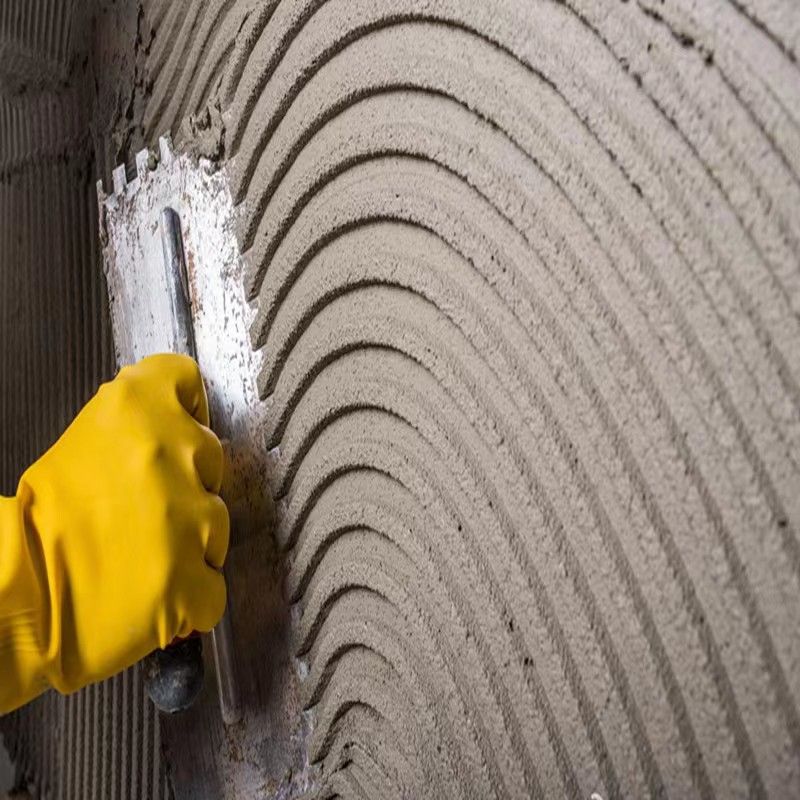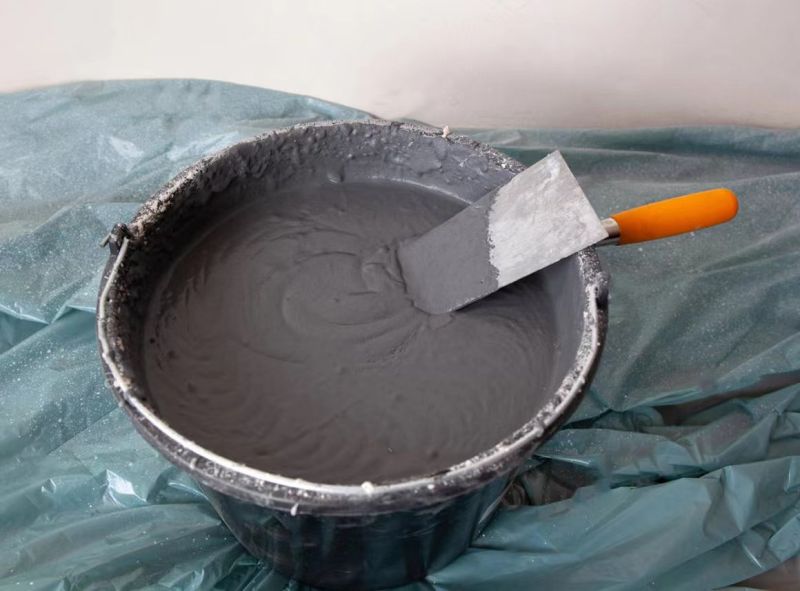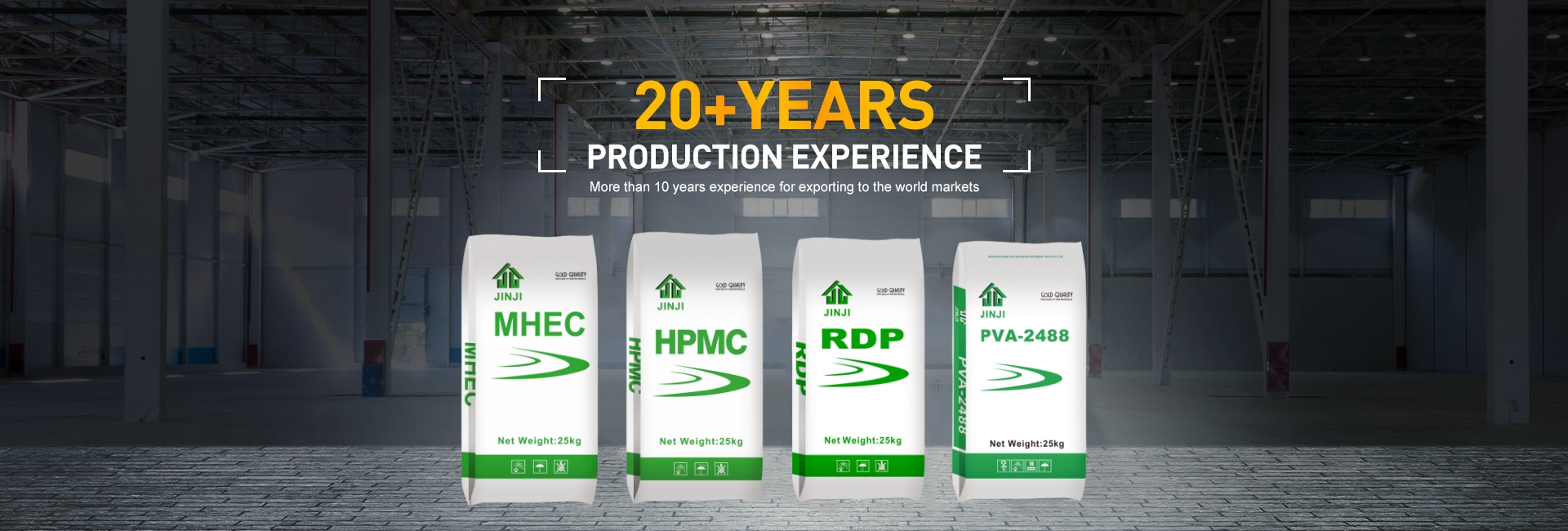Hydroxyethyl cellulose, also known as HPMC, is a non-ionic cellulose ether that is widely used in various industries for its thickening, water retention, stability and other properties. Often used for dry material mixing to improve water resistance and achieve better thickening effect. Here's how to use HPMC effectively and some precautions to keep in mind.
When using HPMC in dry material mixing, it is important to first understand the properties of the material and how it interacts with other ingredients. HPMC is a white or off-white powder that is soluble in cold water but insoluble in hot water. It is also compatible with many organic and inorganic materials, making it a versatile ingredient suitable for a variety of applications.
To use HPMC for dry ingredient mixing, first accurately measure the required amounts of HPMC and other dry ingredients. It is important to thoroughly mix the HPMC with the dry materials before adding any liquid. This will ensure that the HPMC is evenly distributed throughout the mixture and effectively thickens the solution when water is added.
When HPMC is mixed with water, it is recommended to use cold or room temperature water to facilitate the dissolution of HPMC. Adding HPMC to warm or hot water may cause clumping and uneven dispersion. It is also important to mix the HPMC and water slowly and thoroughly to avoid clumping and ensure a smooth and consistent texture.
One of the main advantages of using HPMC in dry material mixing is its ability to improve water resistance. When HPMC is added to the mix, it forms a protective layer around the particles, helping to repel water and prevent moisture from penetrating into the material. This is particularly useful in applications where water resistance is important, such as tile adhesives, grouts and cement-based coatings.
In addition to its water-resistant properties, HPMC also acts as a thickening agent in dry mixes. It increases the viscosity of the mixture, which is critical to achieving the desired texture and consistency of the final product. This makes HPMC an ideal ingredient in a variety of building materials, paints and coatings where thickening is required for correct application and performance.
While HPMC offers many benefits for dry material mixing, there are some precautions to remember when working with this ingredient. It is important to use the correct dosage of HPMC as excess may cause the mixture to gel or over-thicken. It is also important to mix the HPMC thoroughly and ensure it is evenly dispersed throughout the mixture to avoid clumping and uneven thickening.
Additionally, it is important to store HPMC in a cool, dry place away from direct sunlight and moisture to prevent premature hydration and degradation of the material. Proper storage and handling of HPMC will ensure its effectiveness and extend its shelf life.
In summary, HPMC is a valuable ingredient in dry material mixing, providing improved water resistance and thickening properties. By following the correct usage and precautions of HPMC, you can effectively improve the performance and quality of various products and achieve the desired results in your applications.


Post time: Dec-05-2023

